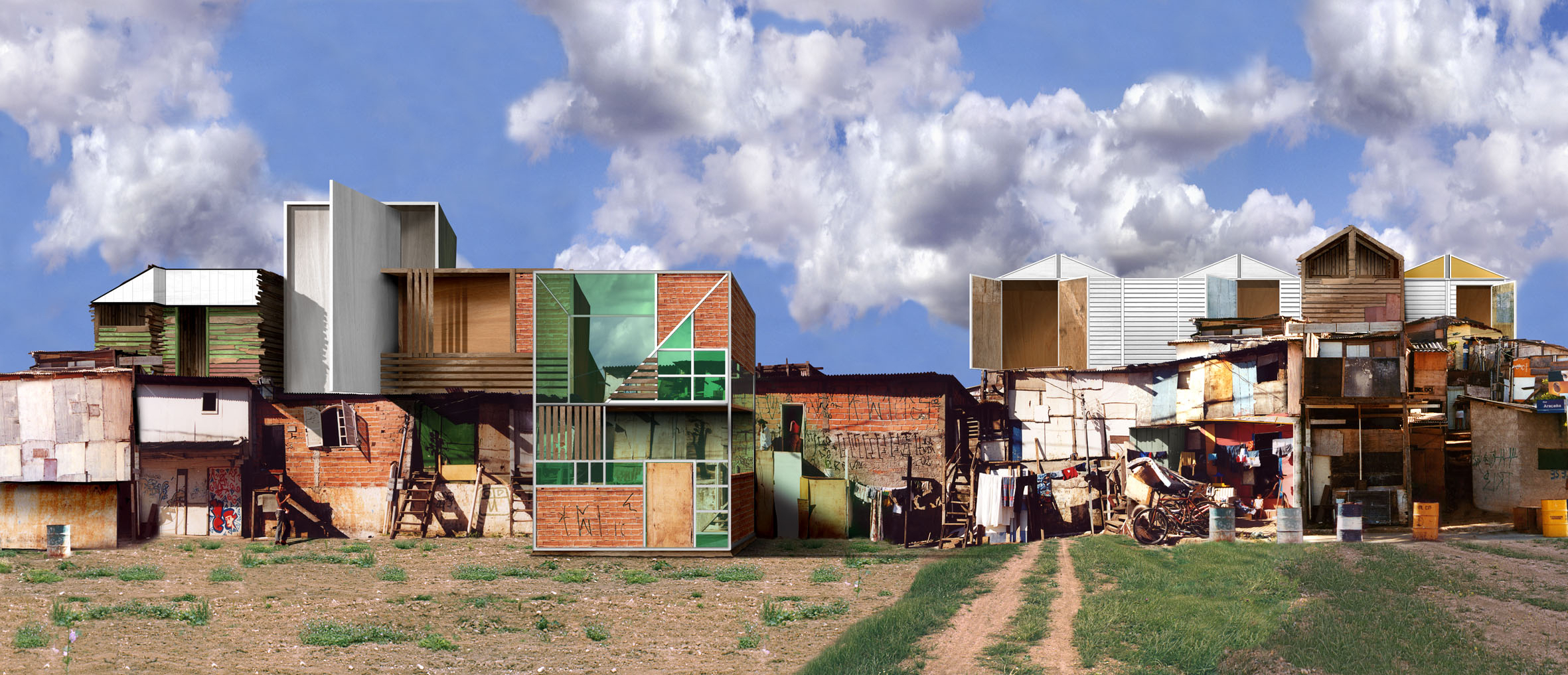By now we are accustomed to hearing that, for the first time in history, the majority of the world’s population lives in cities. We may also be aware that more than one billion people now live in the urban slums and shantytowns of the global South, and that this is where the majority of world population growth will take place. But what sort of futures are being imagined for the cities of the twenty-first century? In response to this question, GY449 Urban Futures will critically analyze how the future of cities, and the cities of the future, have been thought about and acted upon in different times and places. Students will learn to adopt a geographical and historical approach to urban futures by exploring how ways of envisioning the future of cities differ across time and space. Treating the future as a social, cultural, and political reality with a profound influence on the present, the course will examine how urban areas are planned, built, governed, and inhabited in anticipation of the city yet to come. Each week will be organised around a particular model for the future of the city: the ideal city, the dystopian city, the modernist city, the colonial city, the capitalist city, the socialist city, the organic city, the global city, and the secure city. These models will be examined through concrete examples and will enable the discussion of broader theoretical perspectives in urban studies, with a specific focus on the critical analysis of urban futures. Though grounded in urban geography, this course will draw upon texts and other materials from anthropology, sociology, history, cultural studies, literature, film, philosophy, social theory, architecture, art, and city planning. Its primary objective is to equip students with sophisticated, critical ways of thinking about the future of cities, since doing so has real significance for the kind of city we want to, and eventually will, ourselves inhabit.

GY449 Urban Futures
By now we are accustomed to hearing that, for the first time in history, the majority of the world’s population lives in cities. We may also be aware that more than one billion people now live in t...